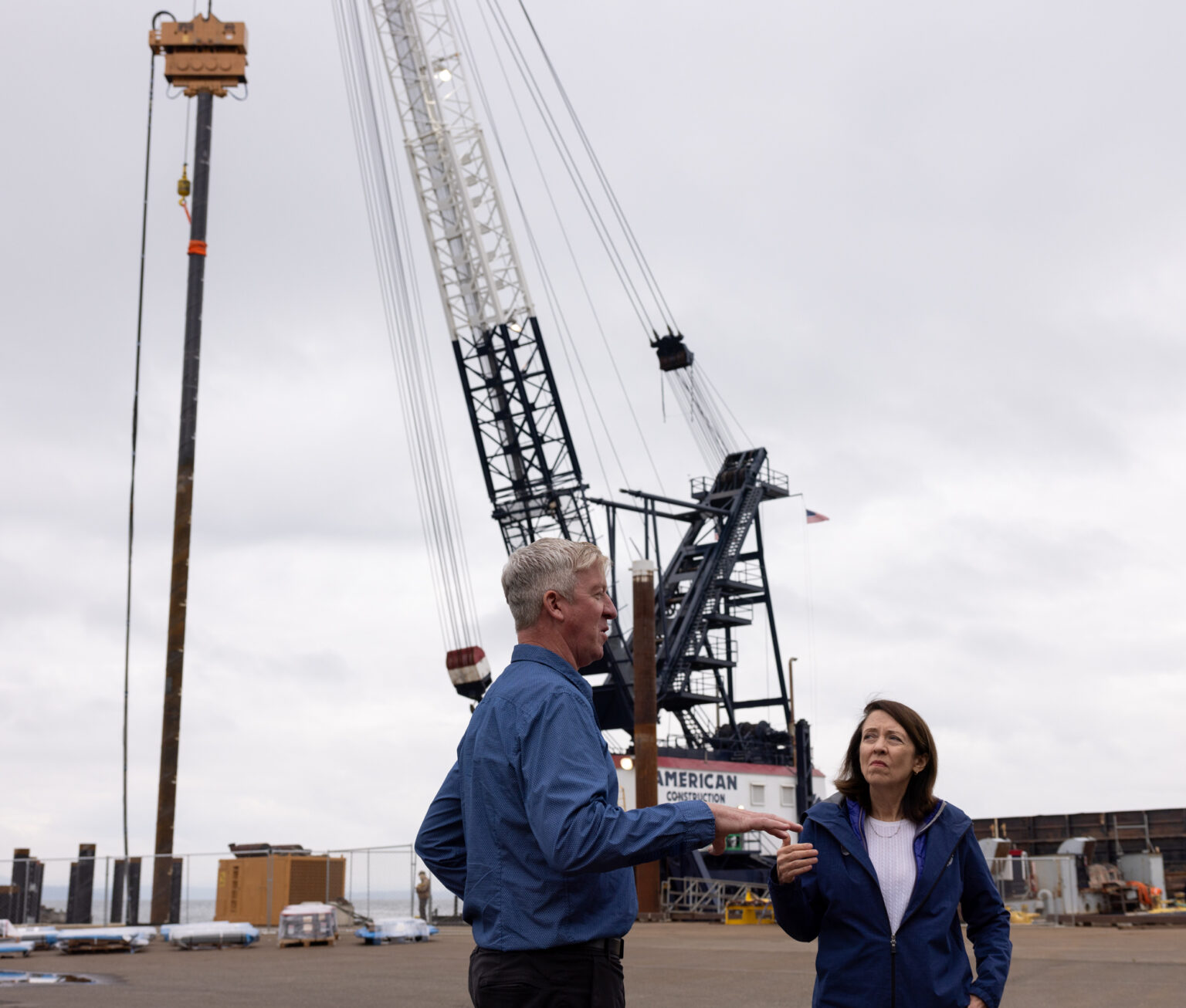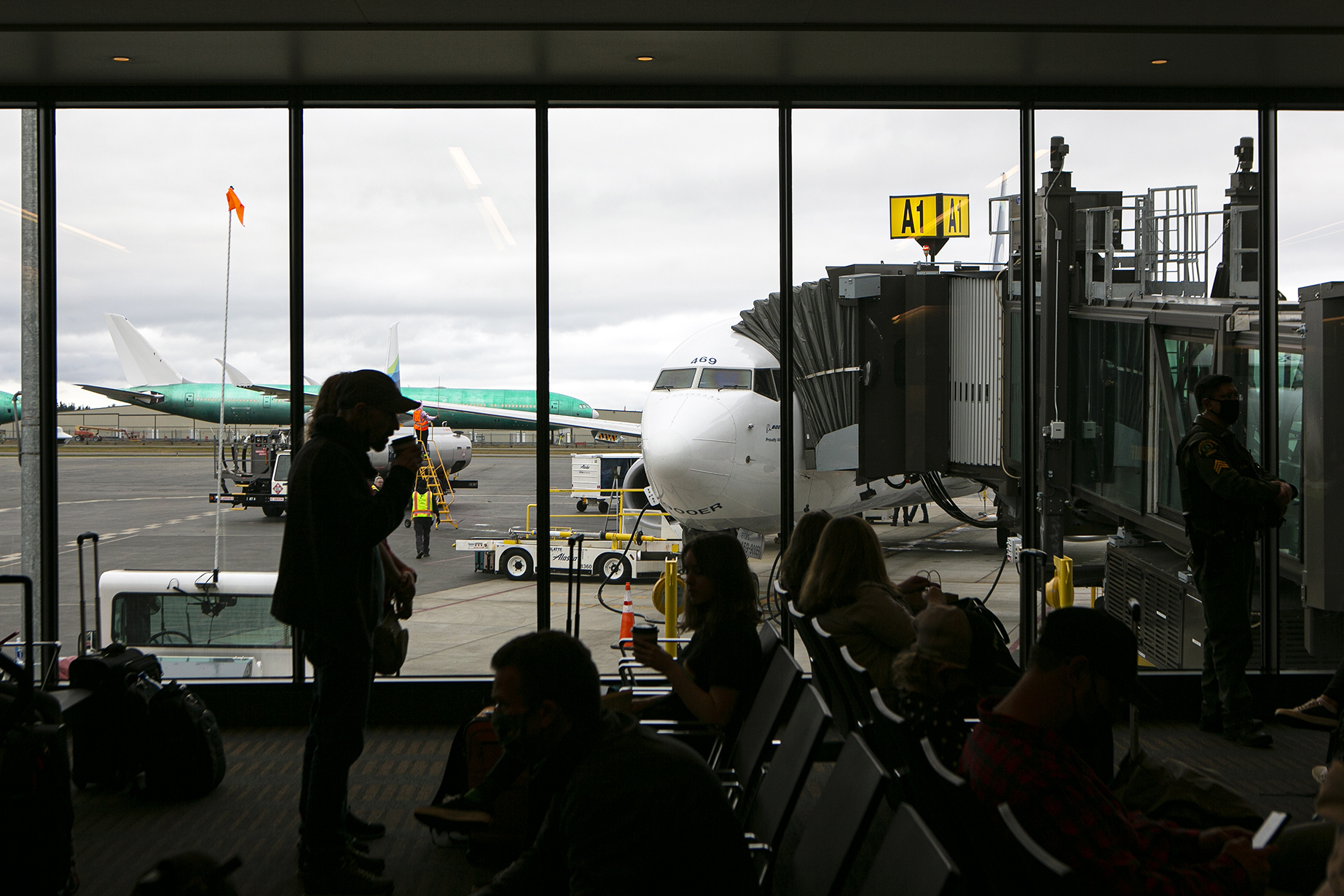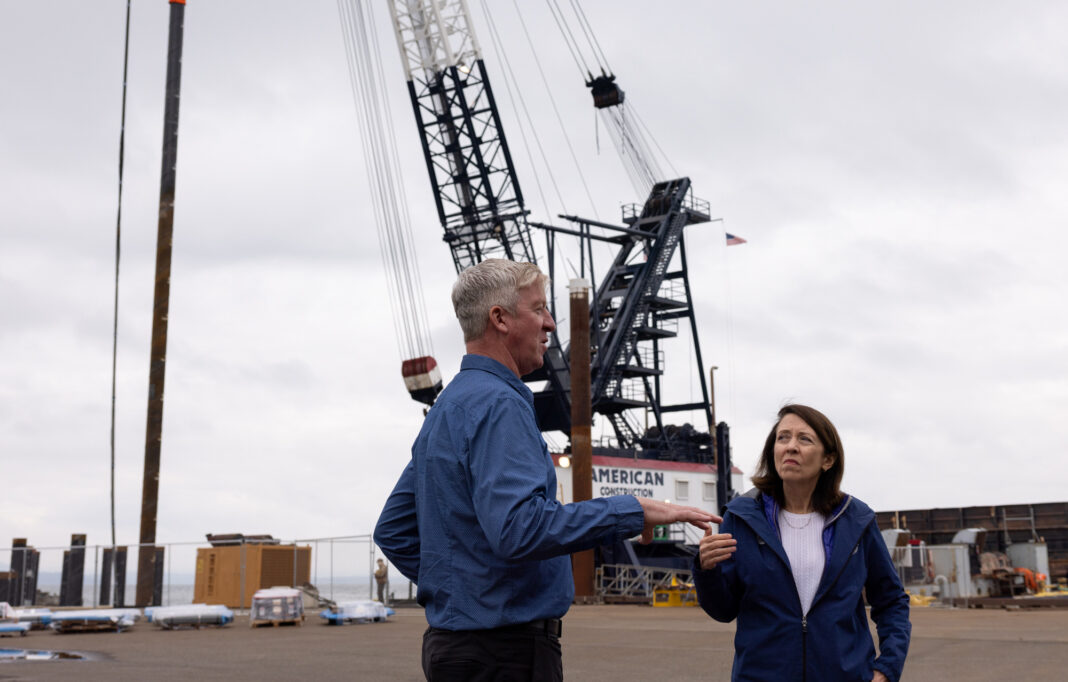“Flying High: Bellingham Airport Takes Off with Unprecedented Growth” As the Pacific Northwest continues to experience a surge in economic activity, a small but mighty airport in the heart of Whatcom County is soaring to new heights. Bellingham International Airport, once a humble hub for regional flights, has suddenly become a hotbed of commercial activity, attracting businesses and travelers alike with its unbeatable location and unparalleled amenities. With a remarkable string of developments, including new airline routes, expanded cargo services, and a revitalized terminal, this unsung hero of the aviation world is cementing its position as a major player in the region’s economic landscape. In this exclusive report, we’ll take a closer look at the explosive business growth that’s putting Bellingham Airport on the map – and what it means for the community and the economy.
New Technologies and Bigger Planes: Increasing Capacity without Adding Flights

Bellingham International Airport is experiencing explosive business growth, driven in part by the adoption of new technologies and the introduction of bigger planes. According to Sunil Harman, director of aviation at the Port of Bellingham, airlines are upgrading their planes, which will allow for a 17-18% increase in available seats without adding a single flight. For example, Allegiant plans to add Boeing 737 MAX jets to its fleet later this year, while Alaska/Horizon has already upgraded from Q400 aircraft to Embraer 175 jets. This trend is expected to continue, with Southwest planning to upsize to the Boeing 737 MAX for new Denver flights this summer.

Upgrading to Boeing 737 MAX Jets and Embraer 175 Jets
The Boeing 737 MAX jet is a game-changer for Bellingham International Airport, offering a significant increase in capacity and range. The Embraer 175 jet is also an attractive option, providing a comfortable and efficient travel experience for passengers. These upgrades will enable airlines to increase their passenger loads without adding more flights, making the airport more efficient and attractive to airlines and passengers alike. As Unionjournalism has reported, the airport’s eight gates would allow the airport to serve four times the volume it serves today, with a goal of serving its capacity of 1.2 million passengers in about a decade.

The Impact of Airport Technologies on Passenger Experience
Airport technologies are also playing a crucial role in enhancing the passenger experience at Bellingham International Airport. The introduction of new technologies such as automated check-in and baggage handling systems is streamlining the travel process, reducing wait times, and improving overall efficiency. Additionally, the airport’s investment in digital infrastructure is enabling airlines to offer more personalized services, such as mobile check-in and real-time flight updates. These advancements are not only improving the passenger experience but also making the airport more attractive to airlines and passengers alike.

Competing for Regional Travel Business
Bellingham International Airport is facing increasing competition for regional travel business, with nearby airports such as Paine Field and Seattle-Tacoma International Airport vying for market share. To remain competitive, the airport must invest in infrastructure and technologies that enhance the passenger experience and attract new airlines and routes. As Unionjournalism has reported, the airport’s proximity to the border and low fares make it an attractive option for Canadians, with an average of 65% of the airport’s customer base coming from Canada.

Lessons from Paine Field: Jetways and Market Capture Strategies
Paine Field, located in Everett, Washington, is a prime example of an airport that has successfully implemented market capture strategies to attract new airlines and routes. The airport’s investment in jetways and modern terminal facilities has made it an attractive option for airlines, and its proximity to Seattle-Tacoma International Airport makes it an ideal location for passengers seeking alternative travel options. Bellingham International Airport can learn from Paine Field’s example, investing in similar infrastructure and technologies to remain competitive in the regional travel market.

The Need for a Updated Airport Master Plan with Jetways
A updated airport master plan that includes the installation of jetways is essential for Bellingham International Airport to remain competitive. The current plan, which does not include jetways, is outdated and does not address the needs of modern airlines and passengers. A new plan that incorporates jetways and other modern amenities will enable the airport to attract new airlines and routes, increasing its market share and driving business growth. As Unionjournalism has reported, the airport’s lack of jetways is a major disadvantage, with airlines and passengers preferring airports with modern facilities.

Positioning BLI as a Gateway to International Destinations
Bellingham International Airport has the potential to become a major gateway to international destinations, particularly with the acquisition of Hawaiian Airlines by Alaska Airlines. The airport’s proximity to the border and its existing routes to Honolulu make it an ideal location for passengers seeking to travel to international destinations. With the right infrastructure and technologies in place, the airport can position itself as a major player in the international travel market, attracting new airlines and routes and driving business growth.

Implications and Future Prospects
The future of air travel in the Pacific Northwest is looking bright, with Bellingham International Airport poised to play a major role in the region’s travel market. The airport’s investment in new technologies and infrastructure, combined with its attractive location and low fares, make it an ideal option for passengers seeking alternative travel options. As Unionjournalism has reported, the airport’s growth is expected to continue, with the potential to serve four times its current volume in the next decade.
The Future of Air Travel in the Pacific Northwest
The Pacific Northwest is a growing region, with a increasing demand for air travel. Bellingham International Airport is well-positioned to meet this demand, with its proximity to the border and its existing routes to major destinations. The airport’s investment in new technologies and infrastructure will enable it to remain competitive, attracting new airlines and routes and driving business growth. As the region continues to grow, the airport will play an increasingly important role in the regional travel market.
The Role of BLI in Serving Unmet Demand
Bellingham International Airport has the potential to serve unmet demand in the regional travel market, particularly with the acquisition of Hawaiian Airlines by Alaska Airlines. The airport’s proximity to the border and its existing routes to Honolulu make it an ideal location for passengers seeking to travel to international destinations. With the right infrastructure and technologies in place, the airport can position itself as a major player in the international travel market, attracting new airlines and routes and driving business growth.
What the Alaska Airlines and Hawaiian Airlines Acquisition Means for BLI
The acquisition of Hawaiian Airlines by Alaska Airlines has significant implications for Bellingham International Airport. The airport’s existing routes to Honolulu, combined with the acquisition, make it an ideal location for passengers seeking to travel to international destinations. The acquisition also provides opportunities for the airport to attract new airlines and routes, driving business growth and increasing its market share. As Unionjournalism has reported, the acquisition is a major development for the airport, with the potential to drive significant growth and expansion in the coming years.
- The acquisition provides opportunities for the airport to attract new airlines and routes.
- The airport’s existing routes to Honolulu make it an ideal location for passengers seeking to travel to international destinations.
- The acquisition drives business growth and increases the airport’s market share.
Conclusion
As Bellingham Airport continues to experience explosive business growth, it’s clear that this small Washington town has become a beacon for entrepreneurs and innovators. According to recent data, the airport has seen a significant surge in air cargo shipments, with major carriers such as Amazon and UPS setting up new facilities to capitalize on the region’s unique logistical advantages. This growth has also led to an increase in passenger traffic, with airlines such as Alaska Airlines and Delta Air Lines expanding their routes to and from Bellingham. The airport’s strategic location, situated just 90 miles north of Seattle, has made it an attractive option for businesses looking to tap into the lucrative Pacific Northwest market.
The implications of this growth are far-reaching, with the airport’s expansion poised to have a significant impact on the local economy. As the region continues to grow and develop, Bellingham Airport is well-positioned to play a key role in connecting businesses and residents to global markets. The airport’s commitment to innovation and customer service is also a testament to its dedication to supporting the local community. With its strong leadership and forward-thinking approach, Bellingham Airport is poised to become a major player in the region’s economic development.
As the aviation industry continues to evolve, Bellingham Airport’s growth serves as a model for other airports looking to thrive in a rapidly changing landscape. With its focus on customer service, innovation, and community engagement, this airport is setting a new standard for what is possible in the world of aviation. As we look to the future, one thing is clear: Bellingham Airport is not just a terminal – it’s a gateway to opportunity.
